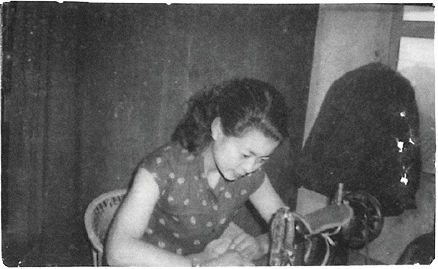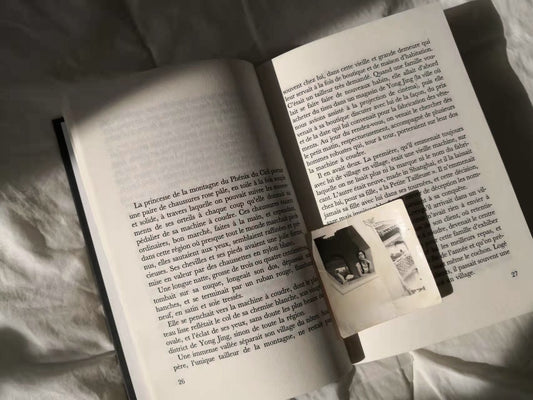Total
€0,00
I had the habit of drawing and making garments late at night while working as a set exhibition designer by day. Clothing slowly became my favorite medium for creative and personal expression, which led me to launch Les Petites Tailleuses, a clothing and sewing patterns brand that combines both my love for creation and my commitment to a more virtuous economy.

I have been passionate about fashion, garments and textiles for as long as I can remember.
My mother was a young seamstress and pattern designer when she left her native China to settle in Paris. She joined a sewing workshop where she worked really hard, sharpening her eye and her hands, until she became the Première d’atelier. In her free time, she scoured the city in search of high-end and natural fabrics to make our clothes. I remember she had much fun in our tiny apartment-atelier adapting her patterns to make miniature versions for me. And this would lead me, years later, to sew my own garments...

The brand name was chosen as a tribute to my mother and as a reference to the chinese-french book ''Balzac and the Little Chinese Seamstress'' by Dai SiJie.
Set in the 1970s during China’s Cultural Revolution, it tells the story of two students sent to the remote countryside and their encounter with the little Chinese seamstress… A touching character who reminded me of my mother, who was also a young seamstress during the Cultural Revolution with the same desire for freedom.
Unlike the little seamstress, it was not books but French movies that awakened her desire for independence and later her desire to live in Paris. For the record, these movies also fuelled her imagination: she stood out with her clothes, mixing Chinese and Western influences, in a country marked by austerity and conformism.
Les Petites Tailleuses is an upcycling fashion brand.
The garments are handmade to order, in (very) limited edition, in my Parisian workshop. I only made them from existing materials: from the fabric to the buttons, including the sewing threads and tools. I’m using end-of-roll fabrics from luxury houses, sewing workshops and independent designers, or vintage ones that have been carefully preserved by my mother over the years or found during my travels.
The patterns are also regularly optimised, from the design to the prototyping to the assembly of the garment, with the long-term objective of imagining zero waste cutting techniques.